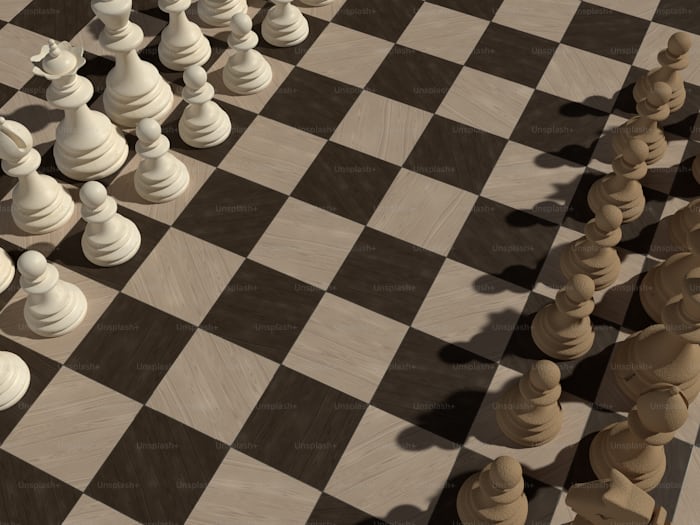Quarter round, a type of molding commonly used in homes, plays an essential role in adding a finished look to your flooring. While it might seem like a small, almost insignificant detail, quarter round molding can make a big difference in the overall appearance of your home. It not only covers the gap between the baseboard and the floor but also provides a smooth transition between surfaces. Whether you’re installing hardwood, laminate, tile, or even vinyl, quarter round is an essential component in the design of any well-done flooring project.
What Is Quarter Round?
Quarter round is a piece of molding that has a cross-section shaped like a quarter circle, hence the name. It is typically used at the intersection of the floor and the baseboard, to cover any small gaps or uneven edges where the flooring meets the wall. It measures about ¾ of an inch in size, though variations exist depending on the specific application. Quarter round molding serves both an aesthetic and practical function, as it provides a finished look while also protecting the base of the wall from scuffing, wear, or damage from cleaning tools like vacuums or brooms.
Why Use Quarter Round?
Flooring materials such as wood, laminate, and even tile often expand and contract with changes in temperature and humidity. To prevent the floor from buckling, installers leave a small gap between the flooring and the wall. Without something to cover this gap, the room can look unfinished. Quarter round molding bridges this gap, creating a clean and polished finish. It also helps conceal imperfections, like uneven cuts or minor inconsistencies in the height of the floor.
Here are some reasons why quarter round molding is an excellent addition to your home:
- Conceals Gaps and Imperfections: When installing new flooring, it’s almost impossible to make precise, flush cuts everywhere. Quarter round helps cover these gaps, making the room appear professionally finished.
- Protects Walls and Baseboards: The molding provides a barrier between your walls and the floor. This prevents potential damage from furniture or daily wear and tear, ensuring your baseboards and walls stay in top condition.
- Enhances Aesthetics: Quarter round adds a subtle, decorative element to a room. It can be painted to match the baseboard or stained to complement the flooring, adding a refined and cohesive look to the space.
- Versatile Application: Quarter round works with almost any type of flooring, including hardwood, tile, laminate, and vinyl. Its design makes it easy to blend into various interior styles, from traditional to modern.
Installation of Quarter Round Molding
Installing quarter round is a relatively simple project that can be done by most DIY enthusiasts. The process involves a few basic tools and steps, ensuring that the molding fits snugly along the edge of the room’s perimeter.
Materials and Tools Needed:
- Quarter round molding
- Measuring tape
- Miter saw (for cutting precise angles)
- Nail gun or hammer and finishing nails
- Caulk or wood filler
- Paint or stain (optional)
Steps for Installation:
- Measure the Area: Before cutting the molding, measure the perimeter of the room where the quarter round will be installed. Mark where you will need to make cuts for corners, doorways, or other transitions.
- Cut the Molding: Use a miter saw to cut the quarter round at 45-degree angles for corners, ensuring a clean, tight fit where two pieces meet. For straight edges, cut the molding to the required length. Be sure to cut carefully to avoid splintering or damaging the material.
- Install the Molding: Starting from one corner, position the quarter round against the baseboard and nail it into place using a nail gun or hammer and finishing nails. Be sure to nail the molding into the baseboard, not the flooring, to allow for the natural expansion and contraction of the floor.
- Fill Nail Holes: Once the quarter round is in place, use wood filler or caulk to fill any nail holes or gaps between the molding and the baseboard. Allow the filler to dry before sanding smooth.
- Paint or Stain: If desired, paint or stain the quarter round to match the baseboard or flooring. This step is optional but recommended for a seamless and polished look.
Alternatives to Quarter Round
While quarter round is a popular choice for finishing flooring edges, there are other types of molding that can achieve a similar effect:
- Shoe Molding: Often confused with quarter round, shoe molding has a slightly different profile. While quarter round has a perfect quarter-circle shape, shoe molding is narrower and has a more subtle curvature. It offers a similar finish but may be a better choice for rooms where a less pronounced molding is preferred.
- Base Shoe: Similar to shoe molding, base shoe is another option for finishing the gap between the floor and baseboard. It’s typically smaller than quarter round, offering a more streamlined look.
- Flexible Molding: For curved walls or irregular surfaces, flexible quarter round or shoe molding may be necessary. This type of molding is made from rubber or other bendable materials, allowing it to conform to non-linear surfaces.
- Caulking: In certain situations, caulking can be used to fill gaps between the floor and the wall, particularly in rooms where moisture is an issue, like bathrooms or kitchens. However, caulking does not offer the same decorative finish as quarter round or shoe molding.

The type of finish you choose for your quarter round depends on the style of your room and the materials used in your flooring and baseboards. For a cohesive look, many homeowners opt to paint quarter round the same color as the baseboard. However, staining the molding to match the floor can create a striking contrast that highlights the flooring material.
When deciding between painting and staining, consider the overall aesthetic of the room. A painted quarter round blends into the baseboard for a smooth, unified appearance, while a stained quarter round can accentuate the richness of wood flooring.
Conclusion
Quarter round molding is the finishing touch that can elevate a room from good to great. While it may seem like a small detail, it provides a critical role in covering gaps, protecting baseboards, and adding a polished look to your flooring installation. Whether you’re a seasoned DIYer or hiring a professional, the addition of quarter round molding will give your space a complete, refined look that you’ll appreciate for years to come.





